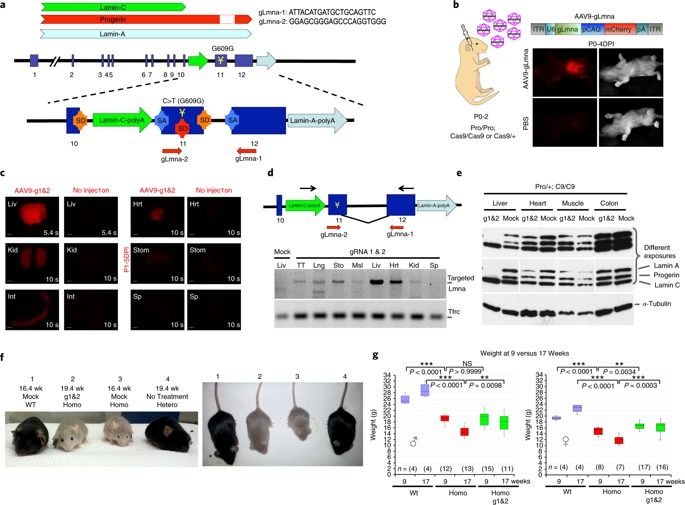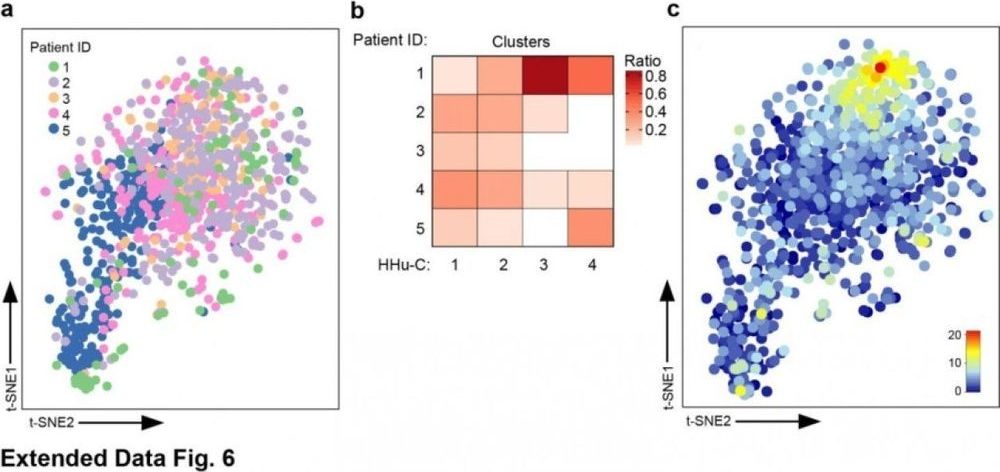Feb 20, 2019
China’s Greater Bay Area still has hurdles to clear if it wants to be a tech challenger to Silicon Valley
Posted by Derick Lee in categories: education, engineering, policy
However, a shortage of hi-tech research capacity in the region is turning into a hindrance, according to analysts, with most of China’s top-notch science and engineering schools located in the northern and eastern provinces. Although Hong Kong has several universities in the world’s top 100, only a few of them have a science and technology focus.
China’s ‘Greater Bay Area’ plan aims to erase barriers between cities in the region in terms of policy, financing, logistics and talent.

















